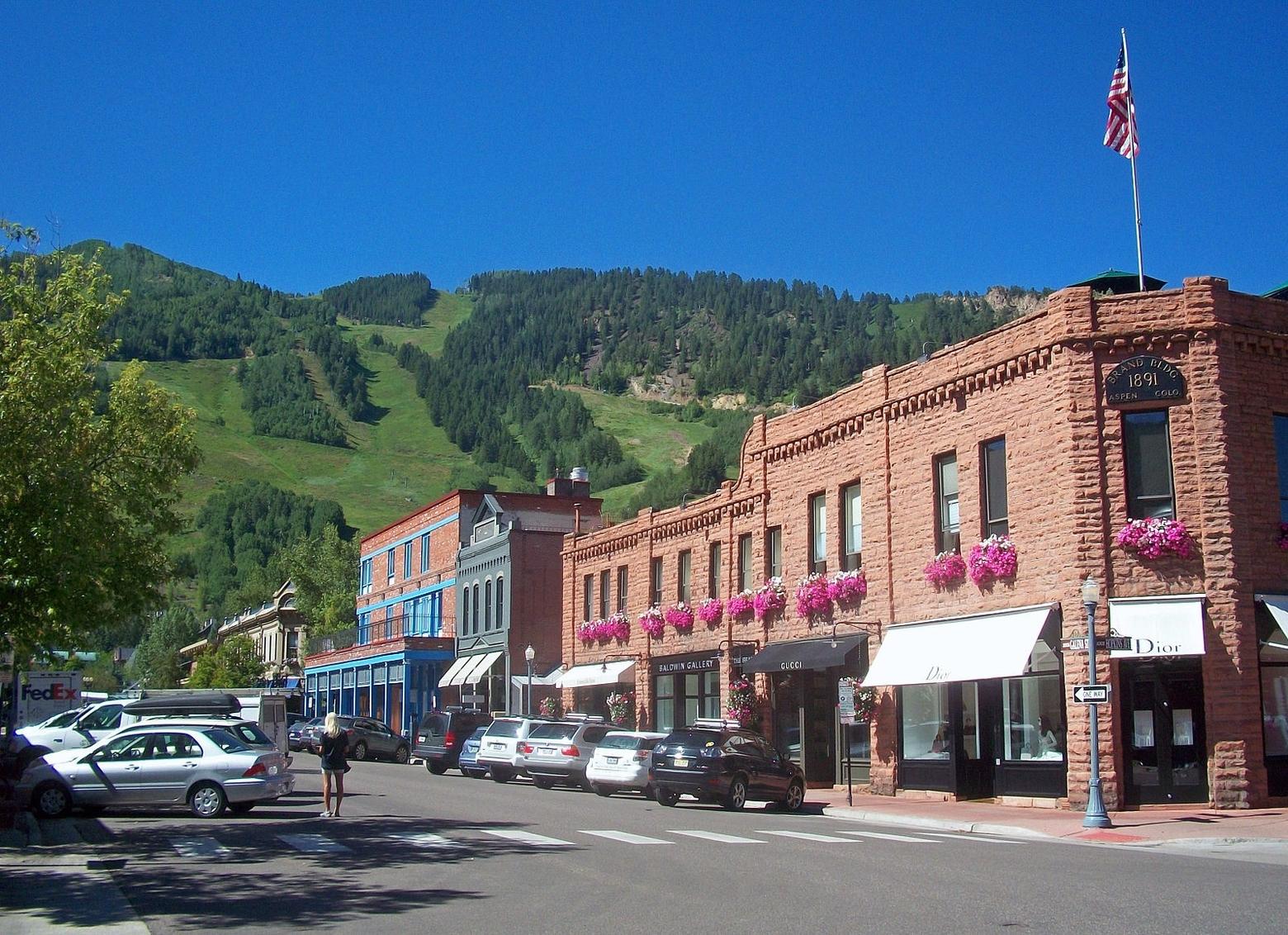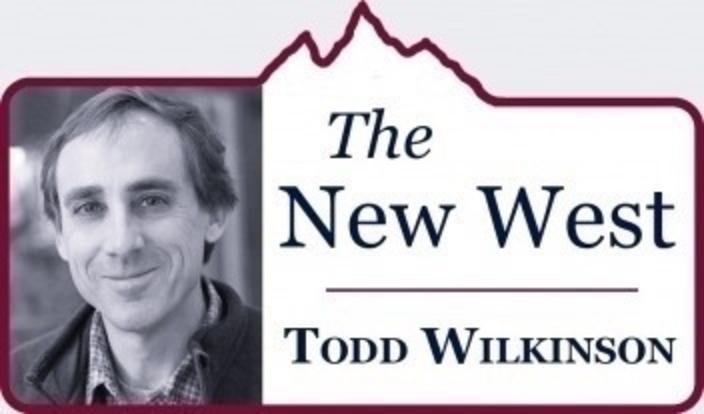Back to StoriesTrouble in Aspen: What Happens When Working Class Employees With Affordable Housing Retire?
October 25, 2018
Trouble in Aspen: What Happens When Working Class Employees With Affordable Housing Retire?Should they be encouraged to leave in order to make room for the next generation of worker bees?
Talk to locals in almost any northern Rockies resort community built around downhill skiing. There you’re likely to find a prolific sentiment against “becoming another Aspen or Vail.”
In fact, engage residents of Jackson Hole, denizens on the west side of the Tetons around Grand Targhee and, of course, in Big Sky, Montana, and many will say they moved to Greater Yellowstone to avoid the socio-economic problems deepening in the mountains of Colorado.
Dating to Big Sky’s Wild West development atmosphere that started four decades ago and continuing today with a real estate market that, to casual outsiders, seems out of control, it’s clear that no destination lifestyle town can escape “Aspenization;” it’s only a matter of time before Aspenlike problems arrive.
I’m referencing, of course, the impacts of soaring real estate, lack of rentals for lowly working class stiffs (that include teachers, firefighters and police officers and their families), serious growth-related problems (including people putting up trophy homes in forested environs prone to wildfire as well as water quality and treatment issues), and general cluelessness in our region demonstrated by some who don’t understand why the Greater Yellowstone Ecosystem is special on earth.
Today, however, I call to your attention a story by reporter Jason Blevins in The Colorado Sun newspaper on a conundrum in Aspen that is destined to also arrive in Big Sky, Jackson Hole and Bozeman.
The issue involves local folk owning official or unofficial affordable housing units who then reach retirement age and instead of moving away or downsizing to smaller digs continue to inhabit their homes.
What’s wrong with this? Nothing. Being able to retire in a place you love, and in a town where you’ve given blood, sweat, tears and sacrifice to help shape, is part of the American dream and the virtuous notion of citizenship.
But neither Aspen nor Big Sky, Jackson Hole and Bozeman are normal outposts in the 21st century. The only people capable of fulfilling their dream to live there are the well off.
To date, Bozeman and Gallatin County still possess a fairy tale mentality, shirking serious engagement on the issue of mandating affordable housing or creating a quasi-government housing authority.
In Aspen residents who have enjoyed living in affordable housing units designed to accommodate skilled employees are now not vacating them; in other words, as Bevins reports, those units are not being freed up for the next generation of worker bees.
Based on people Blevins interviewed, the workings of the so-called free market in Aspen have, in no way, ameliorated the challenges of the housing shortage.
Recognized long ago is that Aspen cannot grow its way out of a growth-related problem and, in fact, a laissez-faire approach has only exacerbated the crisis.
Aspen has a public housing authority operated in conjunction with Pitkin County. The program is funded by receipts collected on a real-estate transfer tax.
In Wyoming and Montana, state legislatures, dominated by anti-tax rural legislators and who treat places like Jackson Hole/Teton County and Bozeman/Gallatin County with animosity, real estate transfer taxes, the proceeds of which could be used to address growth problems, including affordable housing, have been rejected.
In Aspen, the average free-market home sells for $7.6 million and affordable homes operated by the housing authority come with capped selling prices ranging between $1 million and $2 million. Housing authority units don’t appreciate as much in value and it’s more difficult to pass them along, say, from parents to children who want to come home after college.
Today, Blevins notes that in Aspen one of the unthinkable notions now being discussed is incentivizing those with affordable housing units to leave them—to make room for younger inhabitants in the prime of their working years.
Today, Blevins notes that in Aspen one of the unthinkable notions now being discussed is incentivizing those with affordable housing units to leave them—to make room for younger inhabitants in the prime of their working years.
But think about that: if working class people, who live in a community permanently and play important roles in molding desirable town character are encouraged to leave, what are the consequences? What do you get when you have a chronically itinerant labor force?
This gets at another paradox: should towns with a rare high quality of life owed to protected natural landscapes be accessible only to the ultra-rich or tourists passing through?
“The housing authority [in Aspen] manages 2,956 units of affordable housing,” Blevins writes. “About 1,650 are deed-restricted homes owned by teachers, politicians, doctors, chefs, nonprofit workers, police officers and business owners — the people who keep Aspen running as it hosts waves of the wealthy and the glitterati on holiday. The remaining properties are rentals.”
By 2025, anywhere from 20 to 40 percent of the owned homes will be occupied by retirees and the number could rise to 70 percent by 2032, Blevins wrote, noting, “It’s a demographic time bomb ticking inside Colorado’s priciest real estate market.”
By 2025, anywhere from 20 to 40 percent of the owned affordable homes created by the housing authority in Aspen will be occupied by retirees and the number could rise to 70 percent by 2032, Blevins wrote, noting, “It’s a demographic time bomb ticking inside Colorado’s priciest real estate market.”
So far Bozeman has both dodged taking serious action on affordable housing, either by forcing employers to embrace it as a cost of doing business or having government intervene with rent control. Government leaders also have been reluctant to aggressively deal with the problem of official and black market vacation rentals taking units out of the supply. In Jackson Hole there's the Jackson Hole Community Housing Trust and in Big Sky the Big Sky Community Housing Trust. In Bozeman, there's HRDC which does great work but it's focus has been on helping lower class residents, single mothers, the homeless, and those with disabilities or people beset by economic hard times.
One could argue that Bozeman is where Aspen was 30 years ago; Big Sky is where Aspen was 20 years ago. And Jackson Hole is a decade behind the Aspen now, though the lack of affordable housing in all three Greater Yellowstone communities is causing serious spillover effects in other towns.
One could argue that Bozeman is where Aspen was 30 years ago; Big Sky is where Aspen was 20 years ago. And Jackson Hole is a decade behind the Aspen now, though the lack of affordable housing in all three Greater Yellowstone communities is causing serious spillover effects in other towns.
Teton County, Wyoming, i.e. Jackson Hole, stands head and shoulders above its neighbors in confronting affordable housing, in part because it has no other choice.
Meanwhile, the county commissions in Montana’s high-growth Gallatin (Bozeman) and Madison (Big Sky) counties seem either unwilling or unable intellectually to grasp the magnitude of what’s happening.
Sooner or later, the bills are going to come due in the form of rising costs of services, environmental challenges and depending issues of social inequality involving locals being driven out of communities their very presence made attractive. Our leaders can’t continue to pretend they live in Mayberry.
Related Stories
March 19, 2019
The Value Of Open Space: In The Gallatin Valley Citizens Voted For Protection With Their Wallet
Ag lands play a critical role in maintaining the integrity of Montana's fastest-growing valley. This is the first piece in an...
December 28, 2017
The Midlife Crisis Trilogy: To Live Or Die
In the conclusion of Timothy Tate's series 'When Peter Pan Enters Middle Age', Walt faces his moment of truth
August 23, 2021
Why Do We Run Away?
Maybe the only hope we have to stop our towns and wild places from changing is to change our belief that...




